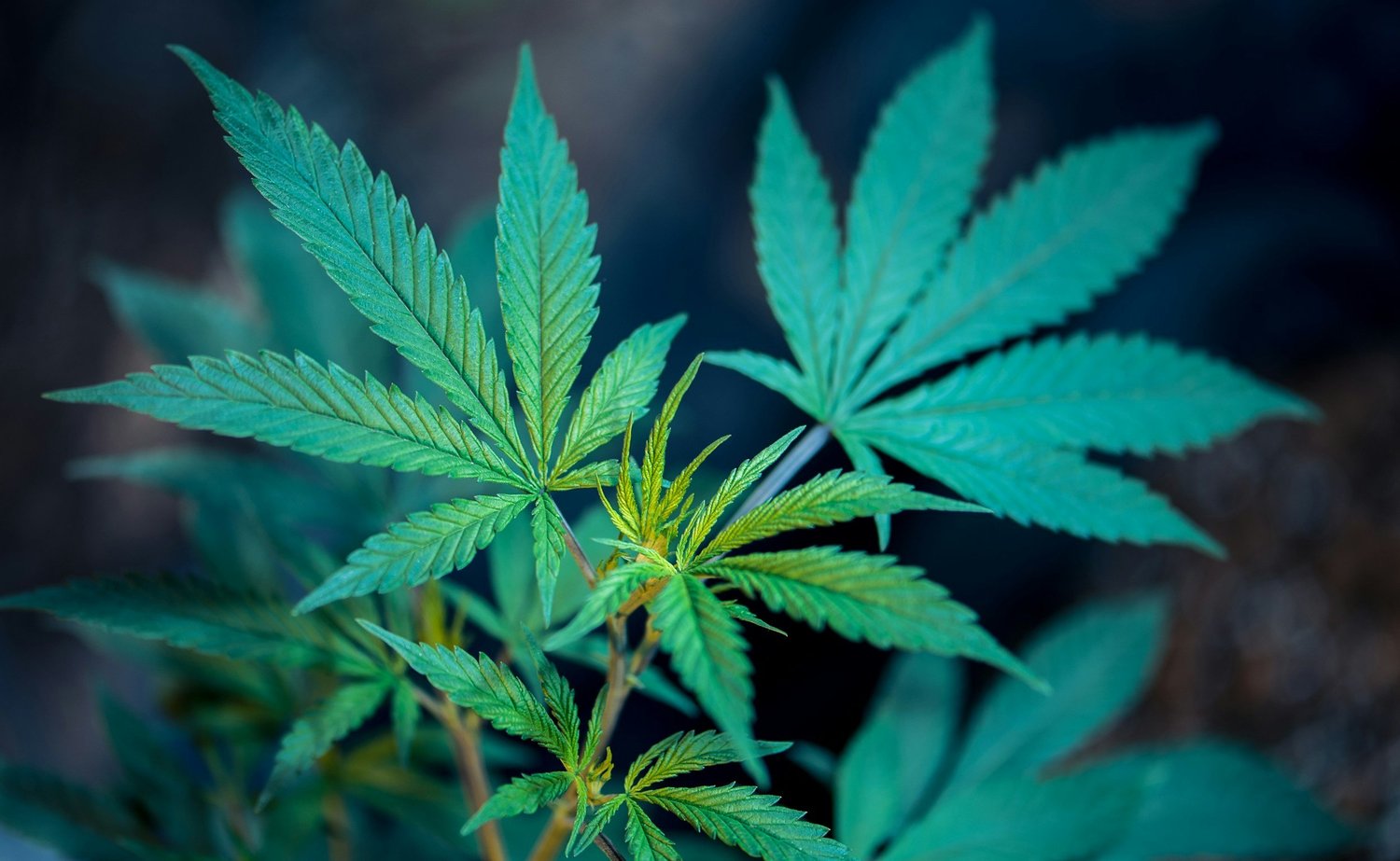
Understanding Cannabis Potency and Dosage
Navigating the world of cannabis can be overwhelming, especially when it comes to understanding potency and dosage. Whether you are a medical patient or a recreational user in the UK, knowing how to interpret potency levels and manage dosage is key to a safe and effective cannabis experience. This guide will break down the essentials of cannabis potency, how it is measured, and tips for finding the right dosage tailored to your needs.
What Is Cannabis Potency?
Cannabis potency refers to the concentration of active cannabinoids in a product, primarily THC (tetrahydrocannabinol) and CBD (cannabidiol). THC is the psychoactive compound responsible for the “high” associated with cannabis, while CBD is non-intoxicating and often sought for its therapeutic effects.
Potency is usually expressed as a percentage of THC or CBD by weight in flower or milligrams per serving in concentrates and edibles. For example, a cannabis flower with 20% THC contains 200mg of THC per gram.
How Is Potency Measured?
Accurate potency measurement is essential for product labeling, safety, and consumer confidence. Laboratories use sophisticated analytical techniques to quantify cannabinoids, including:
- High-Performance Liquid Chromatography (HPLC): This is the preferred method for potency testing because it can distinguish between acidic and neutral forms of cannabinoids without heating the sample. It provides precise measurements of THC, THCa, CBD, CBDa, and other cannabinoids.
- Gas Chromatography (GC): GC is another common technique but requires heating, which converts acidic cannabinoids into their neutral forms, potentially skewing results. Despite this, it remains widely used due to its cost-effectiveness.
Both methods ensure that consumers know the exact potency of their cannabis products before use.
Why Potency Matters
Understanding potency helps consumers choose products that match their tolerance and desired effects. High-THC products can produce intense psychoactive effects, which may be overwhelming for beginners or sensitive users. Conversely, low-THC or CBD-rich products offer milder effects and are often preferred for medicinal purposes or by those seeking subtle relaxation without intoxication.
Accurate potency labeling also helps avoid accidental overconsumption, which can lead to unpleasant side effects such as anxiety, dizziness, or paranoia.
Factors Influencing Dosage
Dosage is the amount of cannabis consumed and is influenced by several factors:
- Potency: Higher potency means less product is needed to achieve the desired effect.
- Tolerance: Regular users may require higher doses compared to beginners.
- Consumption Method: Smoking or vaping delivers cannabinoids rapidly, while edibles have delayed onset and longer-lasting effects.
- Body Weight and Metabolism: These affect how cannabinoids are processed and experienced.
- Desired Effect: Whether you seek pain relief, relaxation, or recreational euphoria will influence dosage.
How to Determine the Right Dosage
Start Low and Go Slow
If you’re new to cannabis or trying a new product, start with a low dose and gradually increase until you find your optimal level. For example, beginners often start with 2.5 to 5mg of THC, especially with edibles, and wait at least two hours before taking more.
Read Product Labels Carefully
Reputable products include clear information about THC and CBD content per serving. For flower, potency is expressed as a percentage; for edibles and oils, it’s usually milligrams per dose. Use this information to calculate how much to consume.
Consider the Consumption Method
- Smoking/Vaping: Effects onset within minutes and last 1-3 hours. Dosing can be controlled by the number of puffs.
- Edibles: Effects take 30 minutes to 2 hours to appear but last 4-8 hours. Start with a low dose due to delayed onset.
- Oils/Tinctures: Effects begin within 15-45 minutes and last 2-6 hours. Allow precise dosing with droppers.
Track Your Experience
Keep a journal of what products you use, their potency, dosage, and effects. This helps refine your preferences and avoid unwanted side effects.
Importance of Lab Testing and Quality Assurance
Purchasing cannabis from reputable sources that provide lab-tested products ensures potency accuracy and safety. Lab reports verify cannabinoid levels and screen for contaminants like pesticides, heavy metals, and microbes.
One trusted UK platform is Hub420 - Buy weed online UK safely. They offer a range of lab-tested cannabis products with transparent potency information. For more details, visit https://hub420.shop/
Common Potency Ranges in Cannabis Products
- Low Potency: Under 10% THC, suitable for beginners or those sensitive to THC.
- Medium Potency: 10-20% THC, common for most recreational and medical users.
- High Potency: Above 20% THC, preferred by experienced users seeking stronger effects.
- CBD Products: Typically contain less than 1% THC and higher CBD levels, ideal for therapeutic use without intoxication.
Managing Side Effects and Safety Tips
High potency cannabis can cause side effects such as dry mouth, red eyes, dizziness, anxiety, or paranoia. To minimize risks:
- Start with low doses.
- Avoid mixing cannabis with alcohol or other substances.
- Use cannabis in a safe, comfortable environment.
- Stay hydrated and have snacks available.
If you experience adverse effects, remain calm, hydrate, and rest. Effects usually subside within a few hours.
Final Advice for Cannabis Consumers in the UK
Understanding potency and dosage empowers you to enjoy cannabis responsibly and effectively. Always choose products with clear potency labeling from trusted sellers, start with low doses, and adjust based on your response.
For a safe and reliable shopping experience, consider platforms like Hub420 - Buy weed online UK safely. Their commitment to quality and transparency makes them a go-to resource for consumers in the UK. Visit https://hub420.shop/ to explore their selection of lab-tested products today.
